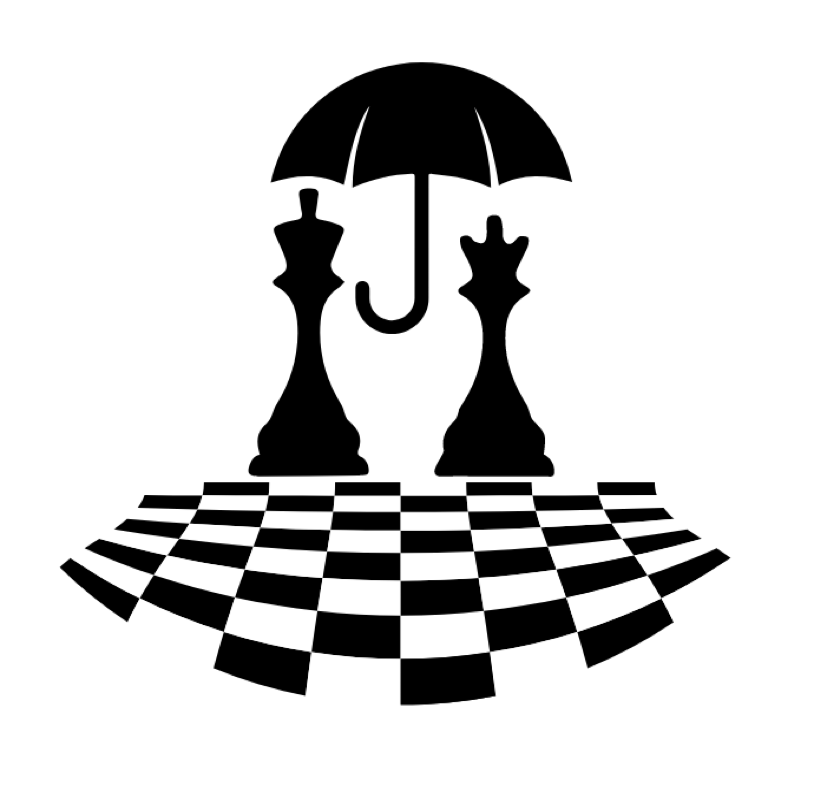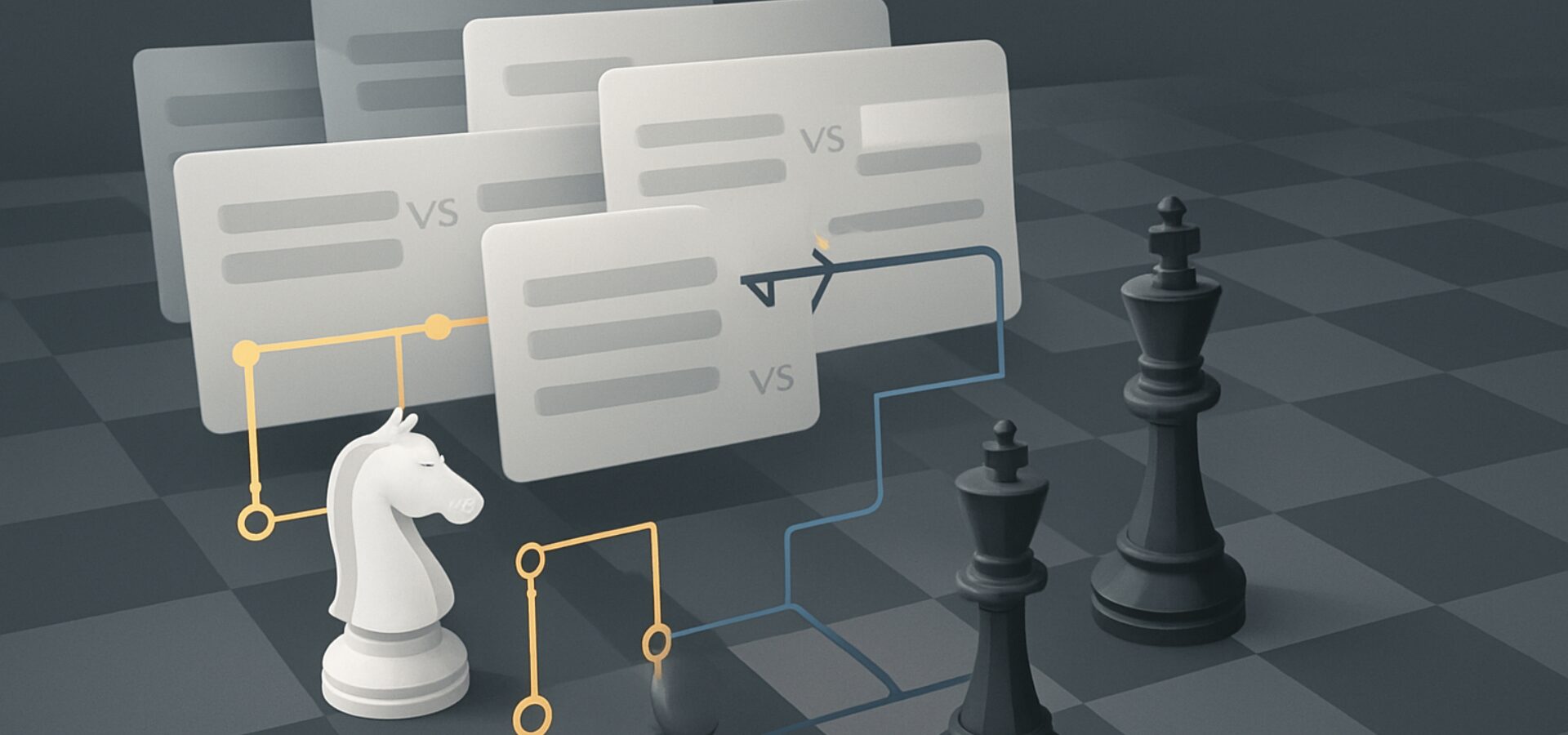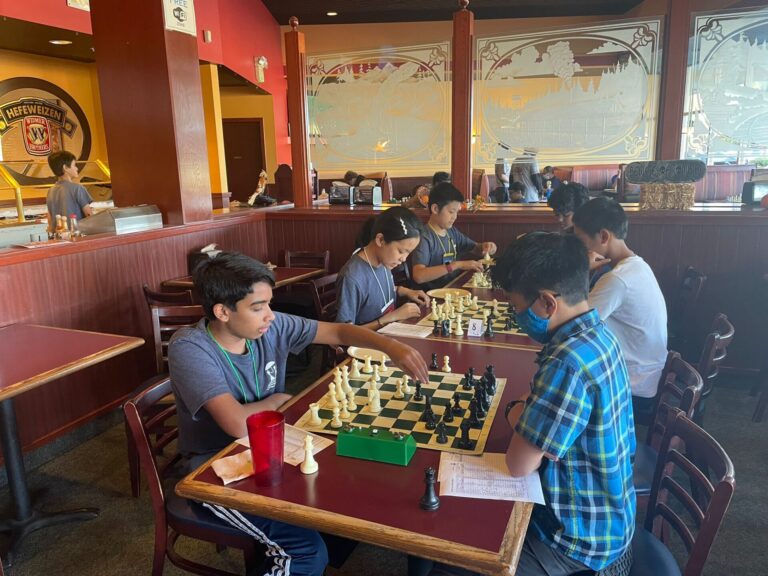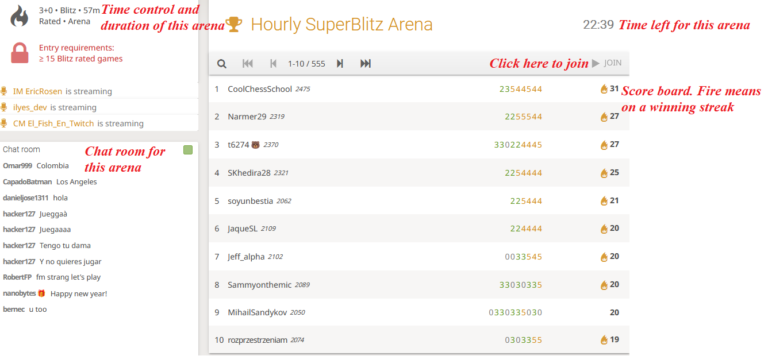Hey Puddletown gang! If you’ve ever played in a Puddletown Chess tournament, you’ve probably heard us say, “Pairings are up!” before each round. But have you ever wondered how those pairings are made? Why do you sometimes play someone way stronger or way weaker than you? And why don’t you get to play the same opponent twice? Well, let me break it down for you in a way that actually makes sense!
Most chess tournaments (including ours) use an ubiquitous system called the Swiss System for pairings. And no, it has nothing to do with Swiss cheese. The Swiss System is a way to match up players in a fair and organized way without eliminating anyone. It’s designed so that everyone gets to play multiple rounds and the best players rise to the top.
Round 1: Random (Sort of!)
In the first round, the pairings are usually based on ratings. The highest-rated player is matched with someone from the lower half of the tournament. If there are 10 players, for example, the #1 seed (highest-rated player) plays #6, #2 plays #7, #3 plays #8, and so on. If you don’t have a rating, SwissSys (the software we use) treats you like a mystery player and places you randomly within the lower half.
Round 2: Winners vs. Winners, Losers vs. Losers
After Round 1, the real Swiss magic starts happening. The players who won their first game play against other winners, and the ones who lost play against others who lost. This keeps things fair because strong players will face each other, and those who had a rough start still get a good match instead of constantly playing much stronger opponents.
Later Rounds: Pairing by Score Groups
As the tournament goes on, SwissSys keeps dividing players into score groups. If two players have the same number of points (say, both have 2 wins), they’ll likely be paired against each other. But here’s the trick: You won’t play someone you have already faced! The system makes sure you get a new opponent each time, even if that means playing someone slightly stronger or weaker than expected.
The Final Round: Finding a Winner!
By the last round, the best players (the ones who have won the most games) face off for the top spots. If there’s a clear winner, great! But sometimes, if multiple players have the same number of points, tiebreakers are used. That’s why you might hear things like “Buchholz tiebreaks” at the end of a tournament—it’s just a fancy way of saying “who played the hardest opponents.”
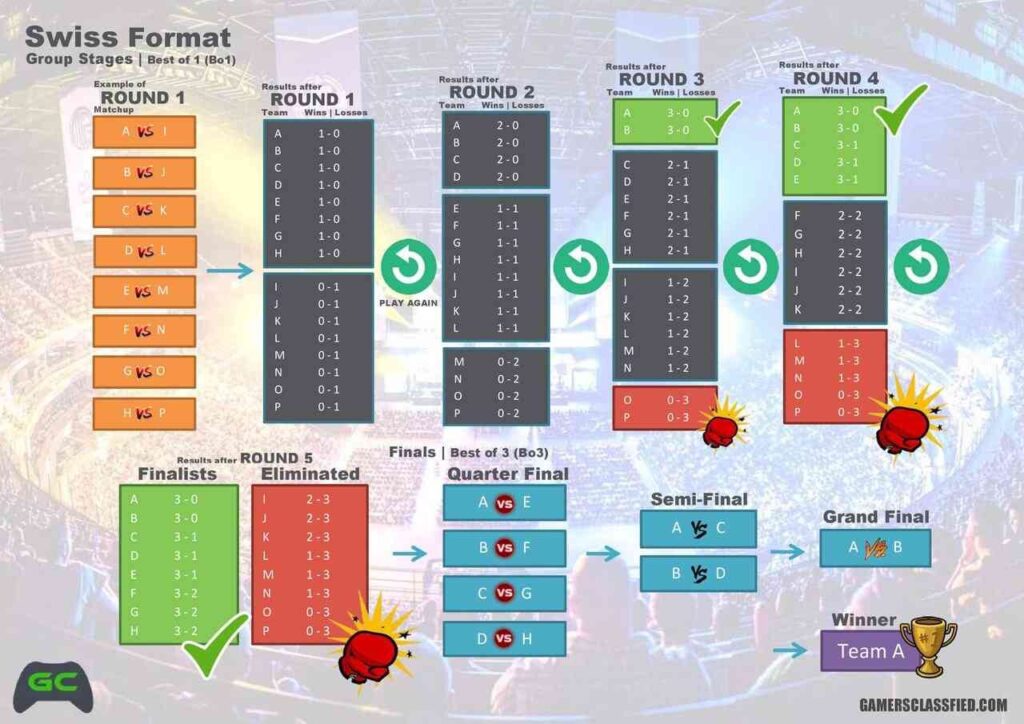
(Image courtesy: Gamersclassified.com)
So, Why Is This System Good?
The Swiss System is awesome because:
- You never get eliminated! Everyone plays all rounds.
- It keeps things fair—strong players get tough games, and new players aren’t crushed right away.
- You play different opponents each round, which makes it fun and unpredictable.
Next time you hear, “Pairings are up!” you’ll know exactly how it all works. So get ready, shake hands, and let’s play some chess!
See you at the next tournament! ♟️
